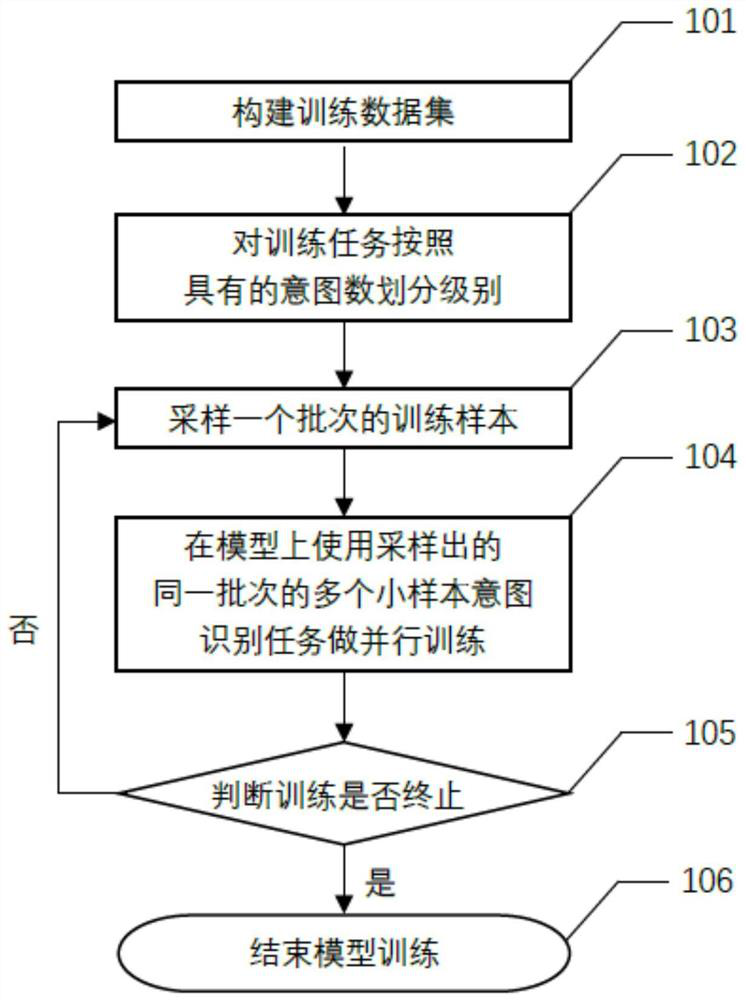Text data optimization method for small sample intention recognition
A text data and optimization method technology, applied in the field of intent recognition of natural language processing, can solve the problem that meta-learning cannot directly parallelize training, and achieve the effects of avoiding insufficient learning, reducing time cost, and avoiding low utilization of training data
- Summary
- Abstract
- Description
- Claims
- Application Information
AI Technical Summary
Problems solved by technology
Method used
Image
Examples
Embodiment Construction
[0067] Such as figure 1 As shown, the present invention provides a text data optimization method for small sample intent recognition, including:
[0068] Step 1, construct a training text dataset. Define the training text dataset as S={T 1 ,T 2 ,...,T n}, where T i is a small-sample intent recognition task in a real dialogue scene, and n is the total number of training tasks in S. Each small sample intent recognition task is defined as where Intent ij for T i Corresponding to an intent in the dialogue scene, C i for T i The number of intents contained. In particular, for different T p and T q , which respectively correspond to the number of intentions C contained in p and C q Not necessarily the same. For each task an intent is defined as where quxery ijk To be marked as Intent ij A dialogue text of N ij for intent Intent ij The total number of annotation texts contained is shown in Table 1:
[0069] Table 1
[0070]
[0071] Among them, "mobile appl...
PUM
 Login to View More
Login to View More Abstract
Description
Claims
Application Information
 Login to View More
Login to View More - R&D Engineer
- R&D Manager
- IP Professional
- Industry Leading Data Capabilities
- Powerful AI technology
- Patent DNA Extraction
Browse by: Latest US Patents, China's latest patents, Technical Efficacy Thesaurus, Application Domain, Technology Topic, Popular Technical Reports.
© 2024 PatSnap. All rights reserved.Legal|Privacy policy|Modern Slavery Act Transparency Statement|Sitemap|About US| Contact US: help@patsnap.com










